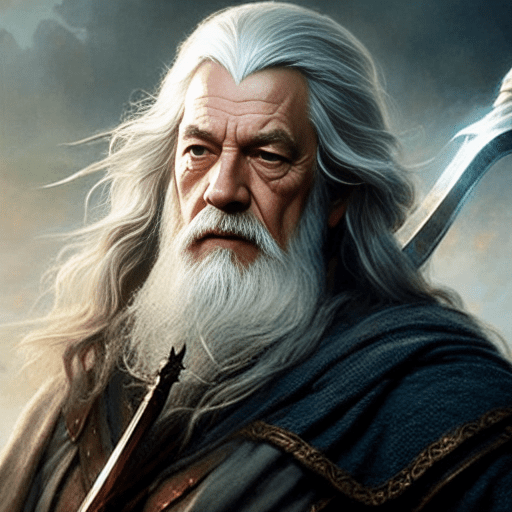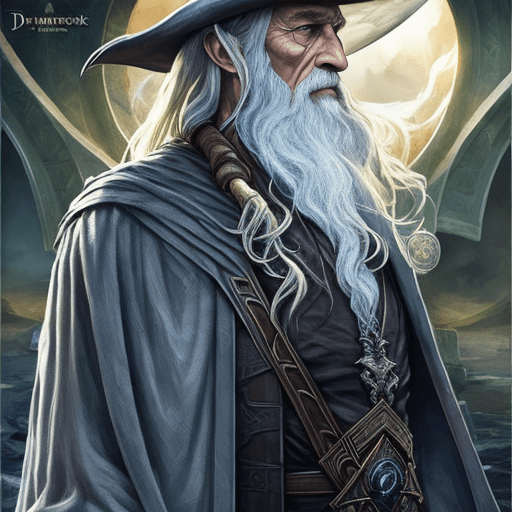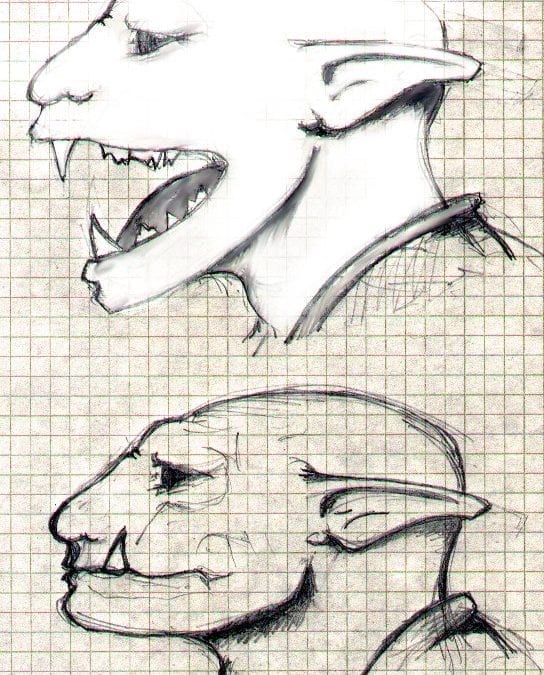
by James | Jun 18, 2014 | Life
So if you read my last post on passion being overrated then you’ll know I have embarked on a journey of self discovery to find my why, my raison d’être and not necessarily a particular activity that I enjoy but the reason behind my motivations.
The Daniel Priestley rant method
I have just listened to the Entrepreneur Revolution, 3 times… It’s partly what made me start this process in the first place. All that aside you should really read the book itself to get a good sense of all that he talks about.
In the book Daniel says that while he believes peoples passions are important, they are not enough. His theory is that our ‘theme’ is usually hard to articulate and can be better expressed as a diatribe or rant on something we feel strongly about. By doing this we can start to grasp our motivations and inherent interests.
Rather than pontificate about the book (seriously, read it, if you have any interest in being a self governed entrepreneur it’s a must) I’ll just give you the phrases he suggests you use to start your rant, and then I’ll attempt it.
Discovering Your Theme
-
For as long as I can remember I’ve felt there is something exciting at the the intersection of _______ and _______
-
I deeply believe that the world needs _______
-
Never in history has there been a better time for _______
-
My whole life I’ve been fascinated by what happens when you mix _______ and / with _______
So there you go! Try them yourself, you needn’t read on to see my rants but I have found the experience very revealing, so I strongly suggest it to everyone.
For as long as I can remember I’ve felt there is something exciting at the the intersection of society and technology.
What I mean to say is that technology and the development of systems like genetics, nanotechnology, artificial intelligence and robotics are moving at such a pace that they are quickly entrenching themselves into every aspect of our lives. The technical push that is happening today is faster than at any point in history.
The exponential growth of computers, the increased understanding of our genetics and the innovations of electrical engineers are converging in ways that their inventors and discoverers could never have predicted. The future has always inspired me and for much of my youth I was both entranced by the future technologies and the progress mankind has made, conversely I am also extremely fascinated by our history as well. I think that there are elements of our history that need to be reinvigorated or cut away if we are to step into this future with our eyes open and focussed.
The technological progress in the world is far outstripping our economic and social development, fundamental changes to the way data, economics and global business are practised are not being utilized effectively at a society or governmental level because people either don’t see it coming, fear the change it may bring or don’t know how best to apply the changes.
On the social side, peoples entire social framework is changing due to the internet, people are shedding privacy and embracing openness, fun childhood antics, once online, stay there, forever. People have more information, more data, more inputs than ever before but we still use an archaic method of education that punishes people for doing things we reward in the real world (think about copying, collaborating, finding the answers online, getting someone smarter than you to do it for a reward).
People need to realise how different the world we live in will be, not in 1000 years but in 10 – 30 years time. Any child born today will be at a career age by 2032. If you think you know what life will be like at that date I would say your either a prophet or deeply misled.
I deeply believe that world needs to better prepare people for life now and the future.
People living now need to embrace the technology we have invented to help reinvent the systems that are entrenched in our social, business and political models. We also need to educate and inspire people to reach their potential in this world.
Education is not, as many people believe, a preparation for life. Public education holds a minimal amount of vocational skills. Academic focus, and subject preference has lead to a hierarchy of importance for different subjects, it also highly compartmentalizes them removing the myriad ways you can relate to and understand the topic. For someone far more eloquent than I to explain things you should watch this video by Sir Ken Robinson:
[youtube]https://www.youtube.com/watch?v=iG9CE55wbtY[/youtube]
In fact I would say read and watch everything he does, he speaks fantastically well and he nails the fundamental problem of how we treat education, what the problems are, and why it needs to change.
I especially agree with him that we need to realise that the fundamentals of any education are not any particular group of superior subjects or disciplines, the fundamentals of education are the purpose for which we do this. Until everyone can talk about exactly what the purpose(s) of public mass education are, it is almost meaningless to talk about the hows, the whats, means and processes required to reach the desired result.
I believe we need to teach people learning strategies and methodologies, techniques to find data and analyse the validity of what we find, we need to stop trying to have people memorize the order of the kings and queens of England and start having them take apart why wars started in the past and how democracies have formed. We need to teach kids and adults alike to be adaptable, note opportunities and use every mental resource they have to approach the world around them.
Never in the history of the human race have we had access to more opulence and information than we do now, and those lucky few of us born into this life need to educate each other and our children to use this opportunity to our fullest possible potential.
Never in history has there been a better time for reinventing and restructuring the societies and organisations we live and work in.
Whether we are talking about archaic paper based governing systems, cultural ideas that have become like bloated ethical appendices, or ageing computer software and technology that are used simply because they have always been there and they work. I have seen COBOL programs running in international finance institutions, I have seen thousands of pounds worth of stock sitting in warehouses and unused behind desks, simply because people ignored the problem for so long that a minor inconvenience earlier have expanded outward like a malignant tumour.
Think of it like the cables behind your TV, when was the last time dared look there, I imagine you haven’t because there is no longer a neatly organised set of leads but a spaghetti junction of interlacing confusion. The dirt under your couch the disorganized closet or bathroom draw full to the brim of various accumulated junk are typical examples of things that need to be organised. While these examples are minor inconveniences at best, the problem is that human nature does not end at the individual, companies, multinationals and even whole countries are riddled with similar issues.
Left to fester these problems can and have caused disaster. From ageing computer systems opening the companies to cyber attacks to entrenched systems of education that no longer reflect the actual needs of society. I believe it is necessary for companies and governments to look internally and seek new radical forms of change that will make processes and systems faster, more effective, clearer and more empowering for the people who interact with them.
My whole life I’ve been fascinated by what happens when you mix traditional or established ideas with unfamiliar or unusual settings.
This really has just emerged as I’ve been writing the above but I have always liked putting things in unfamiliar settings or roles. To go way back in time, when I was at university and before I used to be into RPG’s. Yes I know it’s hard to believe that someone as nerdy as I was once even geekier and yet, here we are.
The reason I mention them isn’t because of the games per se. I still have fond memories of my friends and I battling beasties and solving convoluted issues. It’s the fact I made my own. Not just settings and scenarios from a 2000AD like future to a fantasy land set in the modern era. But I also created all the rules, cultures and tried to move away from the established settings that dominated the genres at the time.
For just an example I created a fantasy setting seething with problems of inter-cultural and inter-species unrest, I wanted to put all the tropes of fantasy into the setting but in the wrong order. The orcs (famous from Lord of the Rings) ended up being a sage, tribal species that communed with nature and were more akin to monks or Native Americans than their typical violent incarnations. By contrast the Elves were a complete product of survivalist mentality, completely warlike and somewhere between a predator and a hostile hive mentality like killer bee’s.

My design for an Orc for one of my settings.
Fear not I won’t bore you with all my games, monsters and systems, of which there were far too many, but it does illustrate me trying to put things we know or are accustomed to in different perspectives, tinkering with combing different ideas to make something fresh. It also had me designing and testing new rule systems to try and find new and ways to simulate real life in game play.
In a more recent creative enterprise I started my thoughts about how a kibbutz like community or monastic group based upon science, reason and technology could work. I spent literally hours of time on buses writing Exploration I. I am still writing up that thought experiment now and will probably continue with it along with other thoughts about how communities can function.
I have similar views on education, take for example the grading system that exists presently in schools. The idea of grading implies a scale of which there are numerous levels. In the European languages there 6 official levels based on the CEFR. In the UK the music exams are graded from 1 to 8, with Grade 1 being the entry level, and Grade 8 being the standard required for entry to higher study in a music college. Different courses at GCSE and A-Level are marked from A* – G, another 7 levels, although anything below C is considered largely irrelevant, the same can be said for Degrees 1st with honours – pass, so we can say in total between GCSE and a PHd there are 5 qualification GCSE, A-Level, Degree, Masters, Doctorate. But each grade is not a continuous line and each one is considered a separate mark in comparison to the others.
If however one compares this to the usage of Japanese Kyū and Dan grades in martial arts and sports, you find the levels extend over a much larger bigger scale. From 10 Kyū – 1 Kyū where you learn the basics and then from 1st Dan – 10th Dan where you attempt to perfect them. This is a whopping 20 nuanced levels from absolute beginner to someone considered the world class expert (as decided by a council of their peers). That would mean 10th Kyū would be the kid starting science classes at 10 years old and Stephen Hawkins being 10th Dan.
Why is this important? Because while the traditional belt and grade system of Japan is archaic it shoes a much more nuanced appreciation of evolution than the western grading system. Imagine I take a year of mathematics A-level (ages 16-18 in the UK) but after a year and a half I get ill and can’t continue. By all official standards I have learned nothing, no qualification = no level. But we know that’s not the case, I would have studied quadratics, functions, vectors, integration e.t.c. I should have elevated my grade from before. A consistent clear and unbroken elevation of levels in a subject until you reach higher education (Dan) and specialise, just seems to make more sense than testing people nationally once every 2-4 years.
In such a system there would be constant assessment by local bodies on specific skills, you could imagine if not a belt system a scout badge system that states I have mastered ‘Trigonometry’ in the same way that the Scout badges proudly proclaim I have mastered ‘Fire building’. On that note why not have a
Rant accomplished, now it’s your turn
Wow, that was interesting! I don’t know how Daniel Priestley thought of this method but it works. I feel I could have written for a lot longer on those topics I think I’ll write about them in a book for now, I don’t want to fill my blog with every random musing.
Certainly given me a lot to consider. I’ll try some other methods over the coming weeks anyway to see what more I can dredge up.
If you do a rant of your own then tell me in the comments! I’d be interested to read it!






